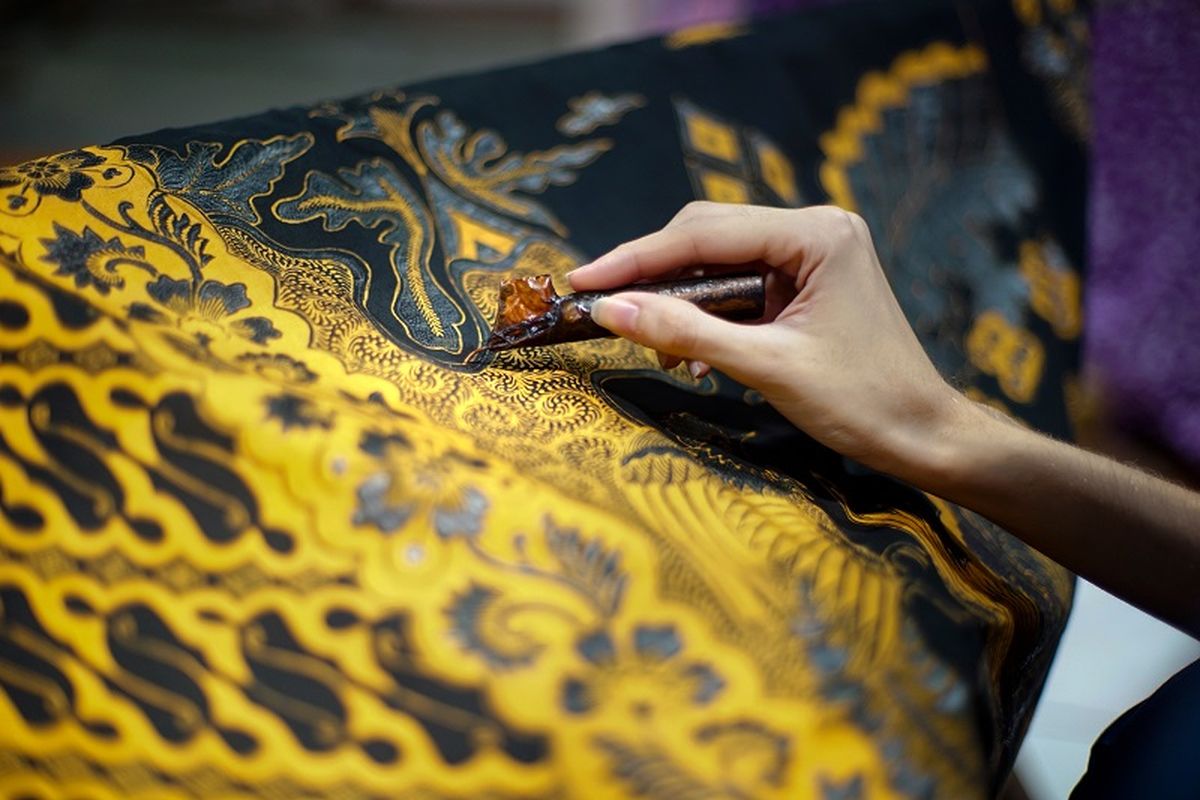How Indonesian Batik Became a UNESCO Intangible World Heritage

KOMPAS.com – Indonesian batik is a UNESCO Intangible Cultural Heritage that has been worn by national and international leaders at global events.
What makes this truly Indonesian craft an intangible heritage?
Vice-Chairman of Lasem Heritage Yulia Ayu outlined three criteria behind the Indonesia craft’s world heritage status.
To achieve the beautiful patterns adorned on the fabric worn by world leaders, the skill of batik making must be mastered and this tedious process fulfilled the first requirement of placing it as a world heritage.
Read also: Indonesia’s Toba Caldera Recognized as UNESCO Global Geopark
“The knowledge of batik making has been passed on for generations from its design to the motifs to the dyeing process,” said Yulia.
The second criterion which met UNESCO’s requirement is how batik has become a big part of Indonesian society particularly those on the island of Java.
“This craft is introduced during a newborn’s life when a mother uses a Batik-pattern baby accessory to carry her child. It is also found in other processions such as weddings, circumcision ceremonies, and funerals.”
The final criterion is that batik-designed products are commonly used by members of Indonesian society throughout many generations up to today as often reflected in batik apparel.
Read also: National Batik Day: Making Indonesia's Art Form Relevant Even in the Time of Coronavirus
Not only can Indonesian batik making be used to create everyday clothing or high fashion outfits, but it has also used by people in Myanmar, Singapore, Malaysia, and Africa.
UNESCO’s website acknowledges that Indonesian batik is filled with a variety of symbols and rich traditions.
One example is how a batik fabric Indonesian mothers typically use to carry their baby is a symbol of bringing luck to the child’s life.
Today’s Indonesians regularly wear batik apparel at formal and informal events such as business meetings, academic settings, or weddings. Indonesian batik motifs are further viewed as having an important role in some rituals.
11 years after earning UNESCO’s status































